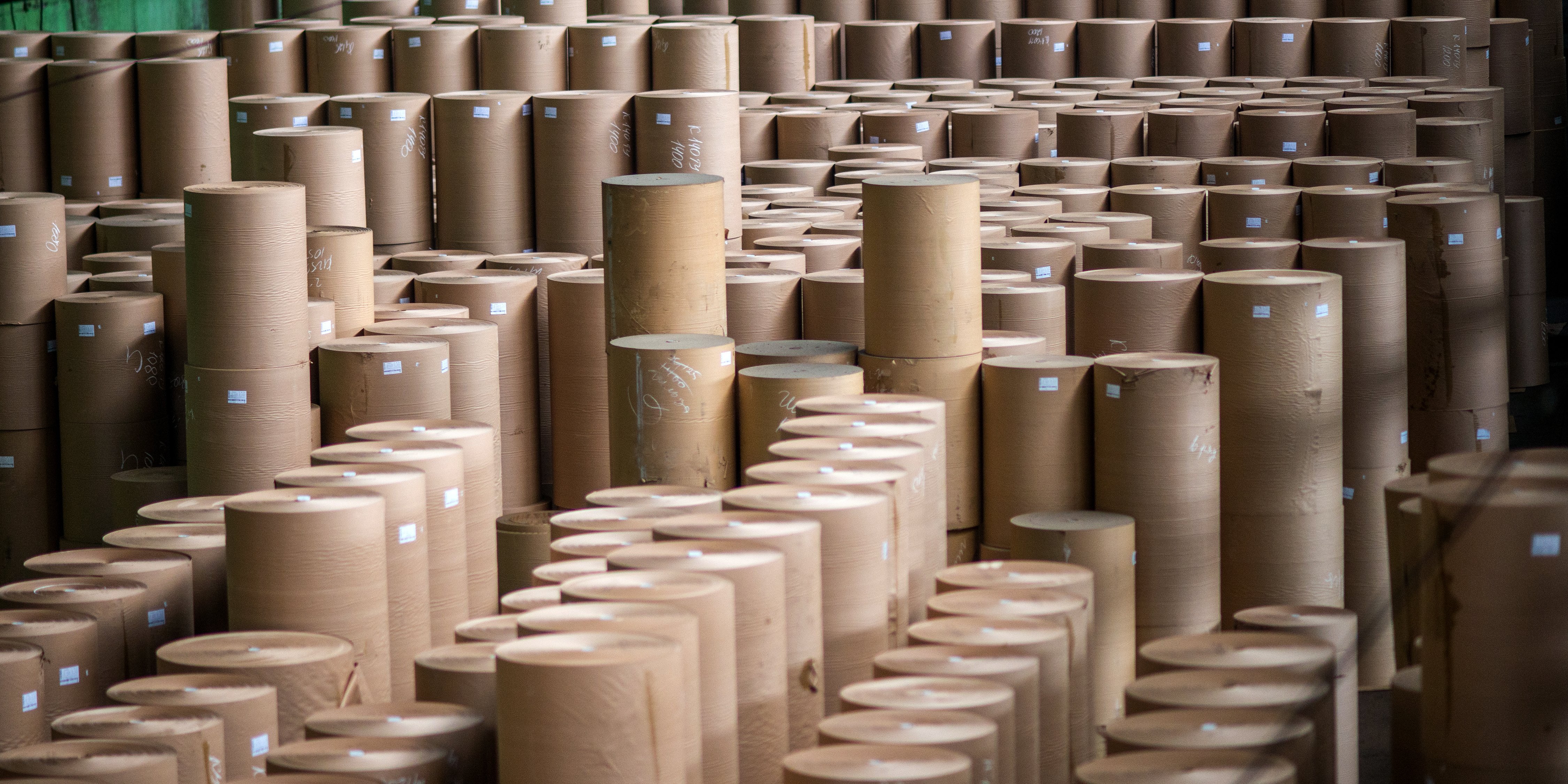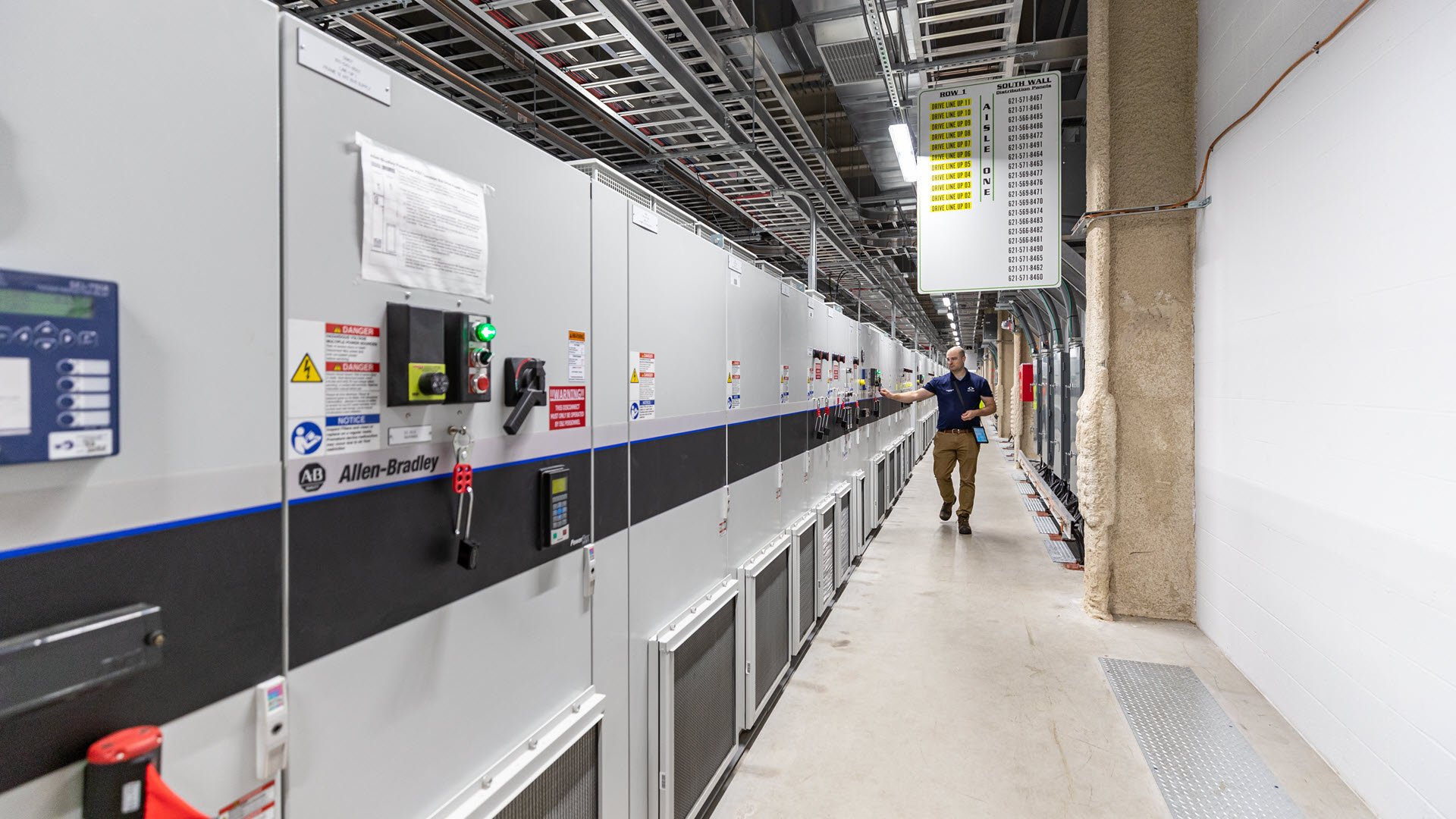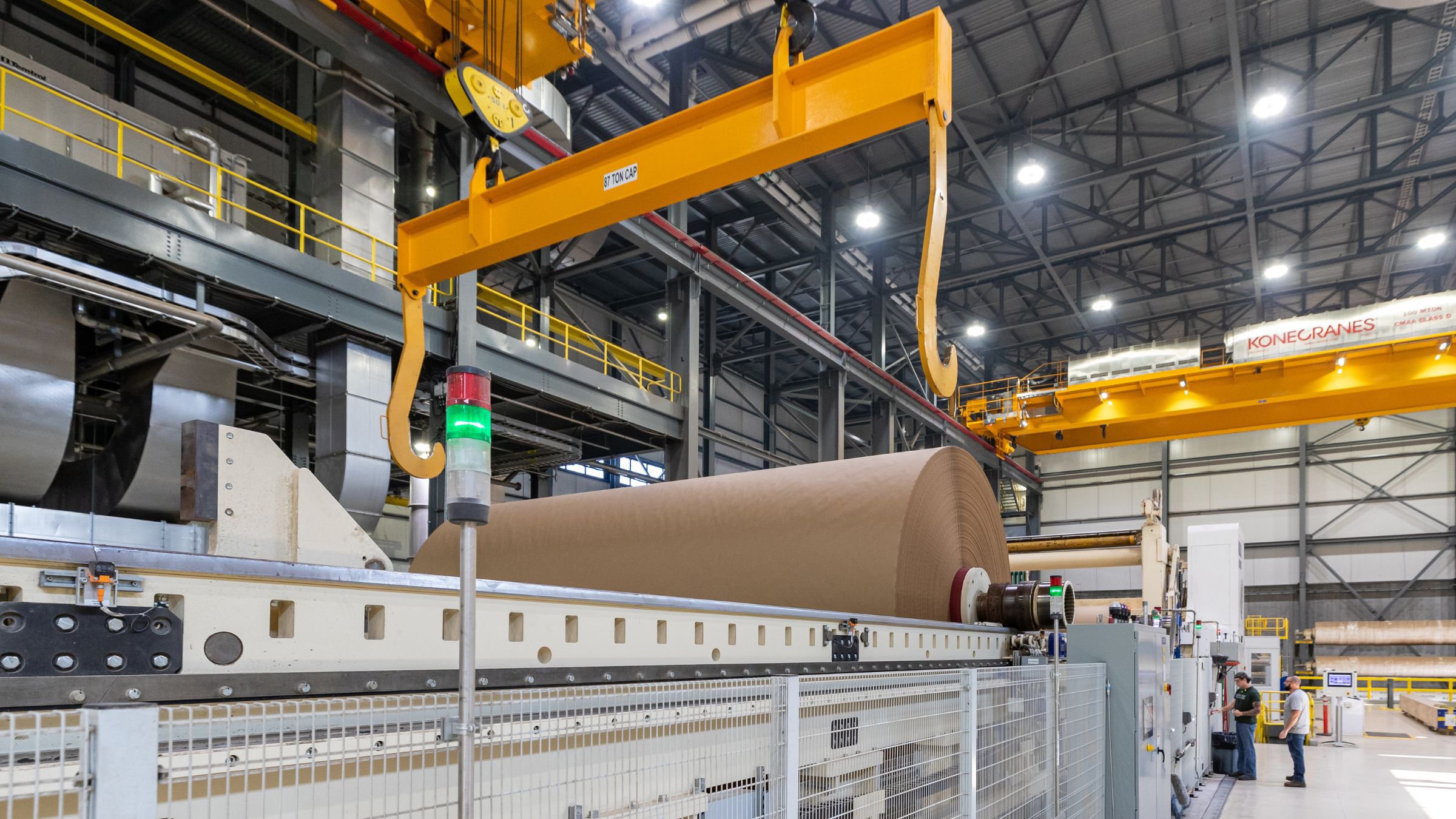When Green Bay Packaging broke ground in August 2018 to build its new paper mill, it was the first paper mill to be built in the state of Wisconsin in more than 35 years, replacing the original mill built in 1947. And that’s not the only milestone: The mill was built by Voith, an OEM Partner in the Rockwell Automation PartnerNetwork™ program — the first time in U.S. history that a single company has provided machinery to support a complete paper production facility.
And Voith chose Rockwell Automation as their automation partner — a key role, because Green Bay Packaging is an integrated packaging manufacturer.
“By integrated, we mean that we’ve got our own paper mills to manufacture paper, and then that gets converted into corrugated packaging and used in various applications from point-of-purchase displays to packaging a dishwasher,” says Matt Szymanski, vice president of Mill Operations for the company.
Szymanski has been with Green Bay Packaging for almost 30 years and has seen the company grow organically and through acquisitions as market demand for paper products increases.
“A lot has changed in our business,” says Szymanski. Although upgrades to control and electrical systems had been performed throughout the past 70 years, the system was aging and causing issues with reliability. In some cases, spare parts were unattainable, making maintenance a challenge.
The company also faced a new market reality: their buyers expected 110-in. paper rolls, but the existing machinery was 164-in. wide, causing a trim issue.
“I was fortunate to be in the room in 2017 when we had a brainstorming session,” says Bob Mihalski, director of Mill Sales, Trades, and Continuous Improvement. “The decision was made to build a new mill. The president and CEO was committed to building in Green Bay and transferring the existing staff to the new mill. We also knew this was our chance to deepen our commitment to innovation and sustainability.”
Reducing Risk
Paper and packaging machinery provider Voith took on the project to provide all the machinery to support a complete paper production facility. The project’s scope was so large there were days when more than 1,100 people worked together to bring the new plant online.
Voith and Green Bay Packaging chose Rockwell Automation to lead the network design, provide engineering and design consulting, and coordinate commissioning and installation of power and automation equipment.



